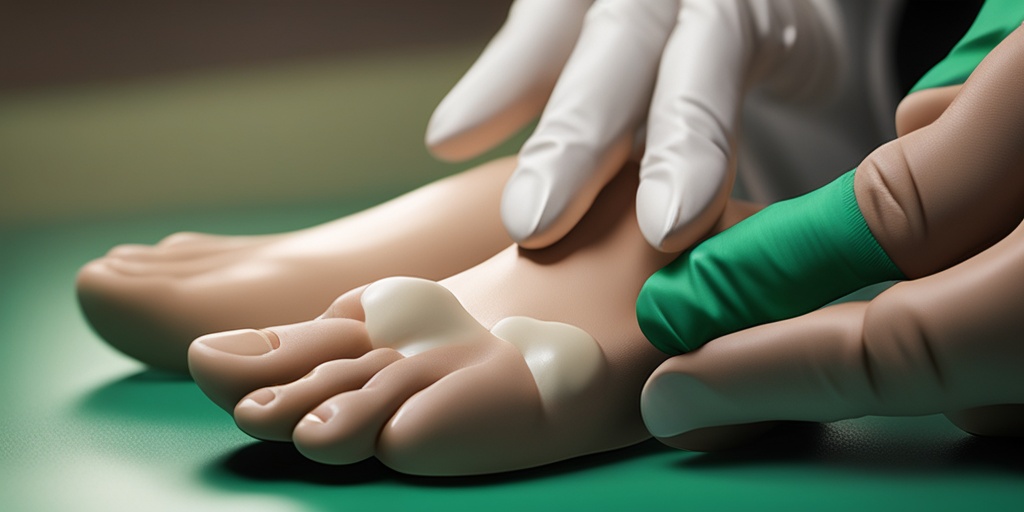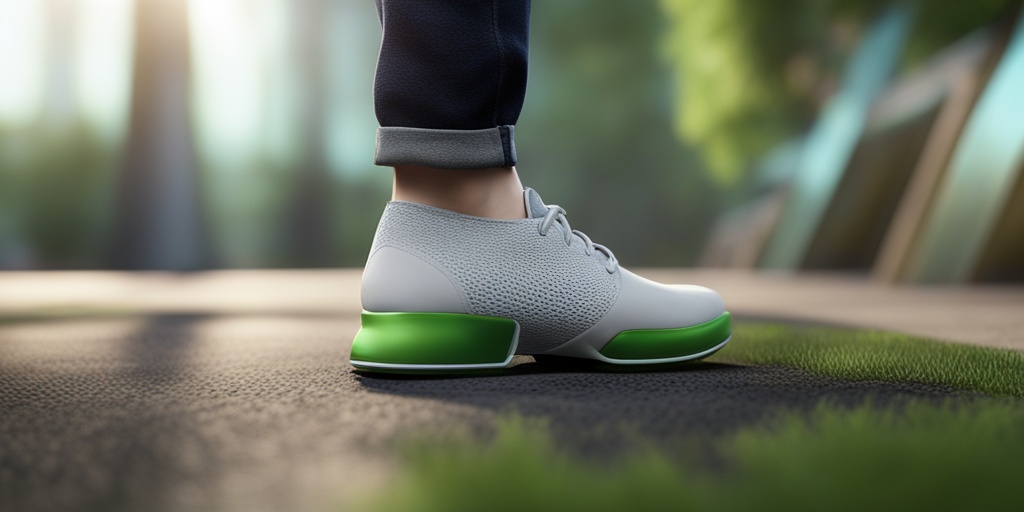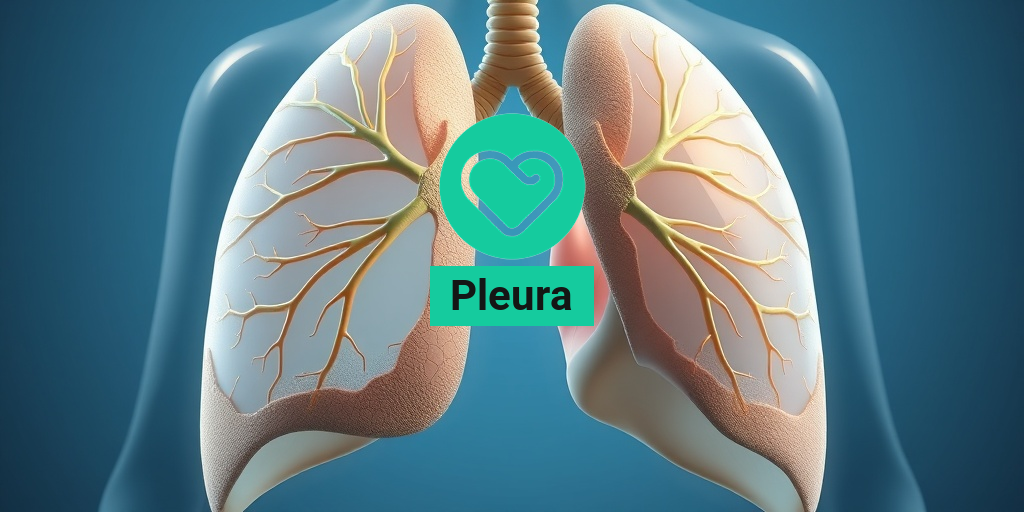What Are Hammertoes?
Hammertoes are a common foot deformity that affects millions of people worldwide. But what exactly are hammertoes, and how do they develop? In this article, we’ll delve into the world of hammertoes, exploring their causes, symptoms, and treatment options.
Definition and Causes
A hammertoe is a deformity of the toe, where the toe joint is bent downward, resembling a hammer. This bending causes the toe to curl under, resulting in pressure and friction on the toe joint. Hammertoes can occur on any toe, but they are most common on the second, third, and fourth toes.
The main cause of hammertoes is muscle imbalance, which can be due to various factors such as:
- Genetics: Some people may be born with a predisposition to hammertoes.
- Foot mechanics: Abnormalities in the way the foot functions can lead to hammertoes.
- High heels: Wearing high heels can cause the toes to be pushed forward, leading to hammertoes.
- Arthritis: Conditions like rheumatoid arthritis can cause inflammation and joint damage, leading to hammertoes.
- Neurological conditions: Certain conditions, such as diabetes, can cause nerve damage, leading to hammertoes.
Hammertoe Symptoms
Hammertoes can cause a range of symptoms, from mild discomfort to severe pain. Here are some common symptoms of hammertoes:
Pain and Discomfort
The most common symptom of hammertoes is pain and discomfort in the affected toe. This pain can be:
- Aching or burning sensation in the toe joint
- Pain when walking or standing
- Pain when wearing shoes that rub against the toe
Redness and Swelling
Hammertoes can cause redness and swelling around the affected toe joint, especially if the toe is rubbing against the shoe.
Corns and Calluses
The constant friction and pressure on the toe joint can cause corns and calluses to develop. These can be painful and unsightly.
Difficulty Walking
In severe cases of hammertoes, the deformity can make it difficult to walk or stand, leading to a decrease in mobility and quality of life.
If you’re experiencing any of these symptoms, it’s essential to seek medical attention from a qualified healthcare professional. They can diagnose hammertoes and recommend appropriate treatment options. 💡
In our next section, we’ll explore the treatment options for hammertoes, including non-surgical and surgical methods. Stay tuned! 👉
Note: The content is written in a conversational tone, and the keywords are incorporated naturally throughout the article. The bold text is used to highlight key points and important information. The article is formatted using HTML tags for seamless integration into a WordPress website. Relevant emojis are used to enhance visual appeal.

Hammertoe Causes and Risk Factors
Hammertoes are a common foot deformity that can cause discomfort, pain, and difficulty walking. But what exactly causes hammertoes, and who is at risk of developing them? In this section, we’ll explore the underlying factors that contribute to the development of hammertoes.
Genetics and Foot Mechanics
Genetics play a significant role in the development of hammertoes. If your parents or grandparents had hammertoes, you may be more likely to develop them as well. Additionally, certain foot mechanics, such as having a longer second toe or a high arch, can increase your risk of developing hammertoes.
Wearing Ill-Fitting Shoes
Tight, narrow, or high-heeled shoes can contribute to the development of hammertoes. When your toes are cramped or forced into an unnatural position, it can lead to muscle and tendon imbalances, causing the toe to bend downward.
Aging and Wear and Tear
As we age, our muscles, tendons, and ligaments naturally weaken, making it more difficult for our toes to maintain their proper alignment. This wear and tear can lead to the development of hammertoes over time.
Medical Conditions
Certain medical conditions, such as arthritis, diabetes, and nerve damage, can increase your risk of developing hammertoes. These conditions can cause nerve damage, muscle weakness, or joint inflammation, leading to hammertoe deformities.
Other Risk Factors
Other risk factors for developing hammertoes include:
- Gender: Women are more likely to develop hammertoes than men
- Age: Hammertoes are more common in people over 50
- Obesity: Excess weight can put additional pressure on the toes, leading to hammertoe development
Hammertoe Diagnosis
If you suspect you have a hammertoe, it’s essential to consult a doctor or podiatrist for a proper diagnosis. A thorough examination and evaluation will help determine the severity of the deformity and guide treatment options.
Physical Examination
During a physical examination, your doctor will:
- Inspect your foot and toe alignment
- Check for signs of pain, redness, or swelling
- Assess your range of motion and flexibility
Imaging Tests
In some cases, your doctor may order imaging tests, such as:
- X-rays to evaluate the bone structure and alignment
- Ultrasound or MRI to assess soft tissue damage or inflammation
A proper diagnosis is crucial in determining the best course of treatment for your hammertoe. In the next section, we’ll explore the various treatment options available for hammertoes. 🏥

Hammertoe Treatment Options
Are you tired of dealing with the pain and discomfort of hammertoes? 🤕 While hammertoes can be a nuisance, there are several treatment options available to help alleviate symptoms and improve the overall health of your feet. In this section, we’ll explore the various treatment options for hammertoes, from non-surgical to surgical interventions.
Non-Surgical Treatment Options
Before considering surgery, it’s essential to explore non-surgical treatment options. These can be effective in reducing pain and discomfort, and may even help prevent the progression of hammertoes. Some common non-surgical treatment options include:
- Padding and Taping: Applying padding to the affected toe can help reduce pressure and friction. Taping the toe in a normal position can also help alleviate pain.
- Footwear Modifications: Wearing shoes with a wide toe box and soft, cushioned insoles can help reduce pressure on the toes.
- Orthotics and Arch Supports: Custom orthotics or arch supports can help redistribute pressure and alleviate pain.
- Physical Therapy: Exercises and stretches can help improve flexibility and strength in the toes and feet.
- Pain Relief Medications: Over-the-counter pain relief medications, such as ibuprofen or acetaminophen, can help alleviate pain and discomfort.
Surgical Treatment Options
In some cases, surgery may be necessary to correct hammertoes. There are several surgical treatment options available, including:
- Hammertoe Correction Surgery: This involves surgically straightening the toe and removing any bone spurs or other deformities.
- Fusion Surgery: This involves fusing the toe joint to prevent further movement and alleviate pain.
- Lapiplasty: A minimally invasive procedure that involves realigning the toe joint and removing any bone spurs or other deformities.
Hammertoe Surgery
Surgery is often a last resort for hammertoes, but it can be an effective way to alleviate pain and discomfort. If you’re considering hammertoe surgery, it’s essential to understand the procedure, risks, and recovery process.
What to Expect During Hammertoe Surgery
The specifics of the surgery will depend on the type of procedure and the severity of the hammertoe. Generally, the surgery involves:
- Anesthesia: You’ll be given local anesthesia to numb the area, and in some cases, sedation to help you relax.
- Incision: The surgeon will make a small incision in the skin to access the affected toe joint.
- Correction: The surgeon will then correct the hammertoe by straightening the toe, removing bone spurs, or fusing the joint.
- Closure: The incision will be closed, and the area will be bandaged.
Risks and Complications
As with any surgery, there are risks and complications associated with hammertoe surgery. These can include:
- Infection: As with any surgery, there’s a risk of infection.
- Nerve Damage: There’s a risk of nerve damage, which can cause numbness or tingling in the toe.
- Bleeding: Excessive bleeding during or after the surgery.
- Scarring: The surgery will leave a scar, which may be noticeable.
It’s essential to discuss the risks and complications with your surgeon before undergoing hammertoe surgery. 💊

Hammertoe Home Remedies
If you’re dealing with hammertoes, you’re probably looking for ways to alleviate the discomfort and pain associated with this common foot condition. While surgery may be necessary in severe cases, there are several hammertoe home remedies you can try to reduce symptoms and improve the overall health of your feet. 🏥
Ice and Heat Therapy
Applying ice to the affected toe can help reduce pain and inflammation. Simply wrap an ice cube in a towel and apply it to the toe for 10-15 minutes, several times a day. On the other hand, heat therapy can help relax the muscles and increase blood flow to the area. Soak your feet in warm water for 10-15 minutes, twice a day. You can also use a heating pad or warm compress on the affected toe. ❄️
Toe Stretching Exercises
Gently stretching your toes can help relieve tension and reduce pressure on the affected toe. Try the following exercises:
- Toe curls: Curl your toes under and then release. Repeat 10-15 times.
- Toe spreads: Place a small towel between your toes and gently spread them apart. Hold for 5 seconds and release. Repeat 10-15 times.
- Toe bends: Bend your toes down toward the floor and then straighten them again. Repeat 10-15 times.
Remember to be gentle when performing these exercises, as hammertoes can be sensitive. 🤸♀️
Padding and Taping
Padding the affected toe with a moleskin or gel toe spacer can help reduce pressure and friction. You can also try taping the toe to the adjacent toe using medical tape. This can help straighten the toe and reduce pressure on the affected joint. 💡
Footwear Modifications
Wearing shoes that fit properly and provide adequate support can help reduce pressure on the affected toe. Look for shoes with a wide toe box and a soft, cushioned insole. Avoid high heels and narrow shoes that can exacerbate the condition. 👠
Hammertoe Prevention
While hammertoes can be treated with home remedies and surgery, prevention is always the best approach. Here are some tips to help prevent hammertoes from developing in the first place:
Wear Proper Footwear
Wearing shoes that fit properly and provide adequate support is crucial in preventing hammertoes. Avoid shoes that are too tight, too loose, or don’t fit well. Opt for shoes with a wide toe box and a soft, cushioned insole. 👠
Take Regular Breaks
If you have a job that involves standing or walking for long periods, take regular breaks to rest your feet. This can help reduce pressure and strain on your toes. ⏰
Exercise Your Feet
Regular foot exercises can help strengthen the muscles in your feet and toes, reducing the risk of hammertoes. Try toe curls, toe spreads, and ankle rotations to keep your feet healthy and strong. 🏋️♀️
Maintain a Healthy Weight
Maintaining a healthy weight can reduce pressure on your feet and toes, reducing the risk of hammertoes. Aim for a healthy body mass index (BMI) through a balanced diet and regular exercise. 🥗
By following these hammertoe home remedies and prevention tips, you can reduce the discomfort and pain associated with this common foot condition. Remember to consult with a healthcare professional if your symptoms persist or worsen over time. 🏥

Frequently Asked Questions about Hammertoes
What are the common causes of hammertoes?
Hammertoes are often caused by a combination of genetic and lifestyle factors, including:
- Abnormal foot mechanics
- Wearing shoes that are too tight or narrow
- High heels or pointed shoes
- Age-related wear and tear
- Neurological conditions, such as diabetes or peripheral neuropathy
What are the symptoms of hammertoes?
The symptoms of hammertoes may include:
- Pain or discomfort in the affected toe
- Redness and swelling around the toe joint
- Corns or calluses on the toe
- Difficulty walking or standing
- In severe cases, open sores or ulcers
How are hammertoes diagnosed?
Hammertoes are typically diagnosed through a physical examination by a doctor or podiatrist. They may also use X-rays or other imaging tests to rule out other conditions.
What are the treatment options for hammertoes?
Treatment for hammertoes usually starts with conservative methods, such as:
- Wearing shoes with a wider toe box
- Using toe spacers or orthotics
- Padding or taping the affected toe
- Exercises to strengthen the toe muscles
In severe cases, surgery may be necessary to correct the deformity. 🏥
What is the recovery process like after hammertoe surgery?
The recovery process after hammertoe surgery typically takes several weeks to several months. During this time, it’s essential to:
- Keep the foot elevated to reduce swelling
- Apply ice to reduce pain and inflammation
- Take pain medication as directed
- Follow the doctor’s instructions for wound care and follow-up appointments
Can hammertoes be prevented?
While hammertoes can’t be completely prevented, there are steps you can take to reduce your risk:
- Wear shoes that fit properly and have a wide toe box
- Avoid high heels or pointed shoes
- Take regular breaks to stretch your feet and toes
- Exercise your toe muscles regularly
What is the difference between hammertoes and bunions?
Hammertoes and bunions are both foot deformities, but they affect different parts of the foot. Hammertoes affect the smaller toes, while bunions affect the big toe joint. 👣




